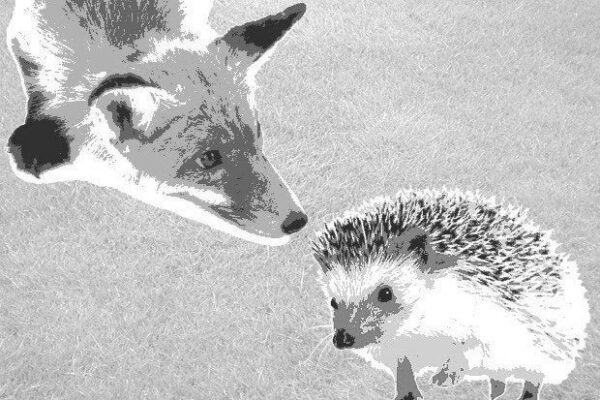
I won’t mention a name. But his story, or at least one part of it, is one I’ve never been able to forget. He was forty, or thereabouts, when bitten by the wine bug in a particularly lethal way. Not content to merely experience or collect wine (he was the beneficiary of a family fortune, and so had the means to indulge himself in either freely), he decided to dive into the deep end of the pool, move his young family from the east coast of the U.S to a township deep in the heartland of Burgundy and there make and sell wine under his own label. It was an audacious plan, and one that succeeded, to a degree, though I’ve heard that he has since (I met him when just starting, somewhere around 2001) sold up and returned stateside.
The story has to do with his neighbors, who, when invited by him into his cellar to taste each other’s wines, largely demurred. As an ambitious, sincere, and perhaps slightly naïve American, he couldn’t understand the reluctance of these village worthies to socialize this way. From the point of view of this cautious and incurious group, comparative tasting and the promiscuous swapping of helpful information wasn’t at all the thing. Better to keep to oneself and jealously guard the family’s trade secrets than give away hard-won experience to folks who were, after all, competitors of a sort. In the terminology of an ancient Greek fable — Archilocus’ The Fox and the Hedgehog — such folks are hedgehogs.
Our American friend, on the other hand, came of age in the era of a quite extraordinary and unprecedented globalization of winemaking knowledge, under the leadership of a cadre of enologists, later known as flying winemakers for their relentlessly peripatetic habits. Bring Bordeaux expertise to Chile? Claro, señora! Employ Napa Valley techniques in Australia? Cheers, mate! Starting in the 1970’s and continuing to this day, the itinerant winemaker for hire has been the vector for the greatest transfer of winemaking know-how in history. In the fable, these folks are foxes.
To understand what distinguishes one from the other, consider Archilocus’ own succinct thesis: The fox knows many things; the hedgehog one big thing. It was this interpretation of the fable that served as the jumping off point for Oxford historian of ideas Isaiah Berlin’s celebrated 1953 essay, in which he suggested that there is a sense it which all of us can be categorized as either foxes or hedgehogs, depending on how we tend to view the world and go about living in it. Hedgehogs, he suggests, “relate everything to a single central vision, one system . . . a single, universal, organising principle in terms of which alone all that they are and say has significance,” while foxes “pursue many ends, often unrelated and even contradictory, connected, if at all, only in some de facto way . . . related to no moral or aesthetic principle.”
I’m sorely tempted to say that the contemporary world of wine is dominated by foxes, cubs of those same dauntless aeronauts who were so keen to lead us all into a brave new world of wine and wound up imposing a kind of bland sameness that has made it harder, often much harder, to grasp exactly what it is that makes the wine of one place unique, special, not replicable outside its home ground.
But that would be to ignore the powerful counter current, a ground-level insurrection going on in many places which has as its aim the re-establishment of hedgehog values with their stubborn, hard-headed fixations on diversity, particularity of place and historic, earthbound homebodyness.
Is hedgehog hegemony on the horizon? Is so, it may only be because the intractable little critters have become, in their own way, even foxier than the foxes.